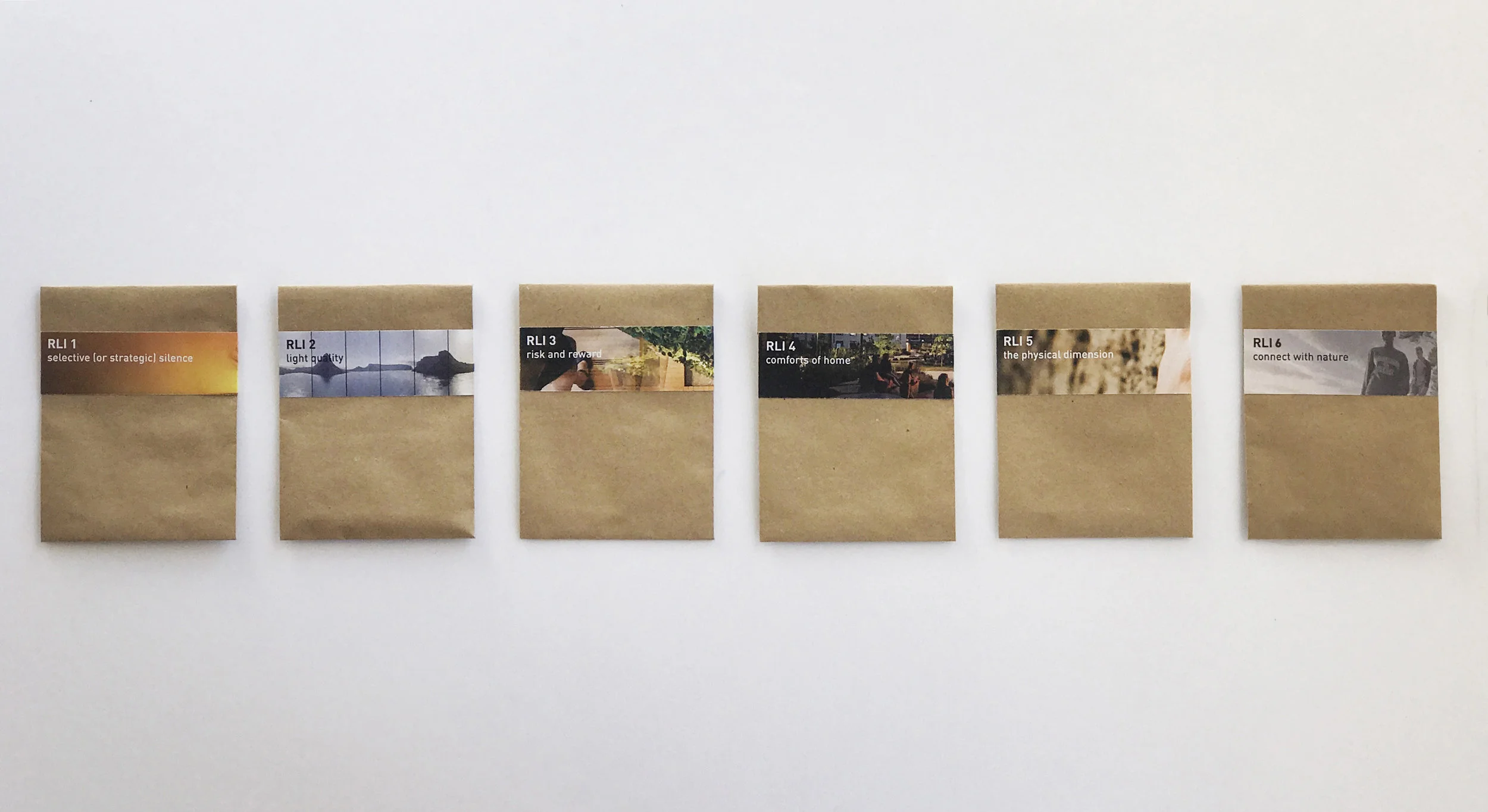DESIGNING for STUDENT HAPPINESS and SUCCESS THROUGH WELLBEING-CENTRIC INTERCESSIONS
In 2017, the research team at 4240, in combination with Colorado State University, debuted their findings at the international student housing conference, ACUHO-i. Their presentation, A Dose of Dopamine: Student Wellness Through the Built Environment, was the beginning of many explorations around how students interact with, and are supported by, their housing accommodations.
A thought-leader on the subject, 4240’s Marc Snyder states, “As living beings, we are our environment and in residential living, that environment is ever changing. However, certain environmental factors are consistent and have universal effects, such as our biological need for daylight. Salutogenic design (designing for wellness) plays a significant role in human health and subsequently, student success. We were curious how the built environment is promoting well-being and how the prevalence of positive and negative indicators in the latest in brain science informs a future plan for wellness-centric student spaces…”
4240’s Michele Decker adds, “Hearing both qualitative and quantitative information from students reveals their experience and the impact of the built environment on their well-being. This experience, to me, iterates on our profound responsibility as designers to create a healthier, more vibrant future for students. We developed the Residence Life Intercessions as a conceptual framework for designing wellness in the residential built environment. Each intercession connects research themes, drivers, and real life applications to convey their necessity and effectiveness in practice.”
What have we been up to since… and where is the research now? See Student Bedroom of Tomorrow and The ODD (On-Demand Dwelling) Project.

